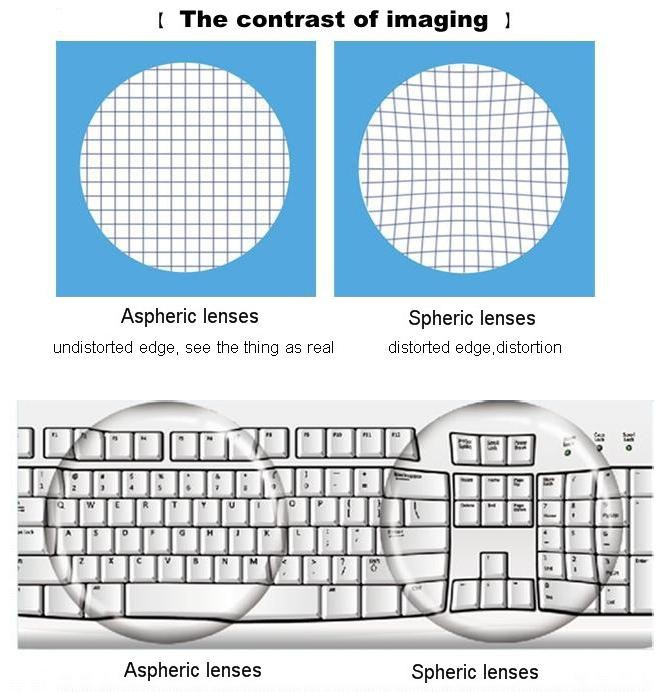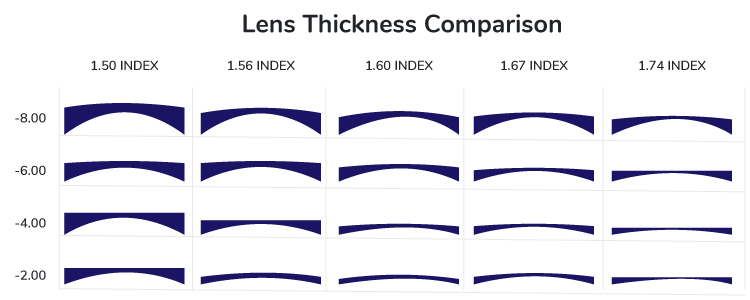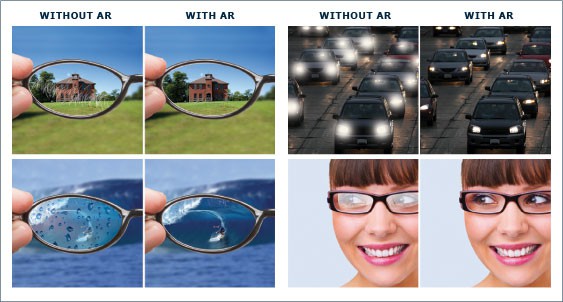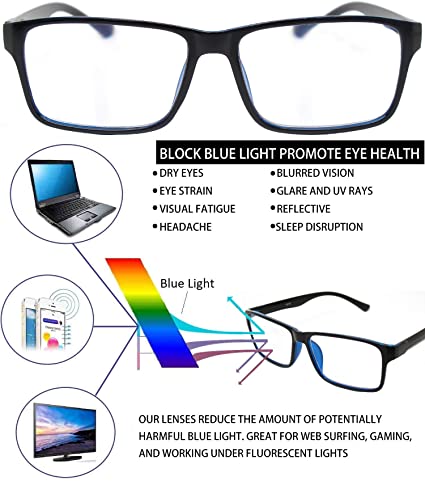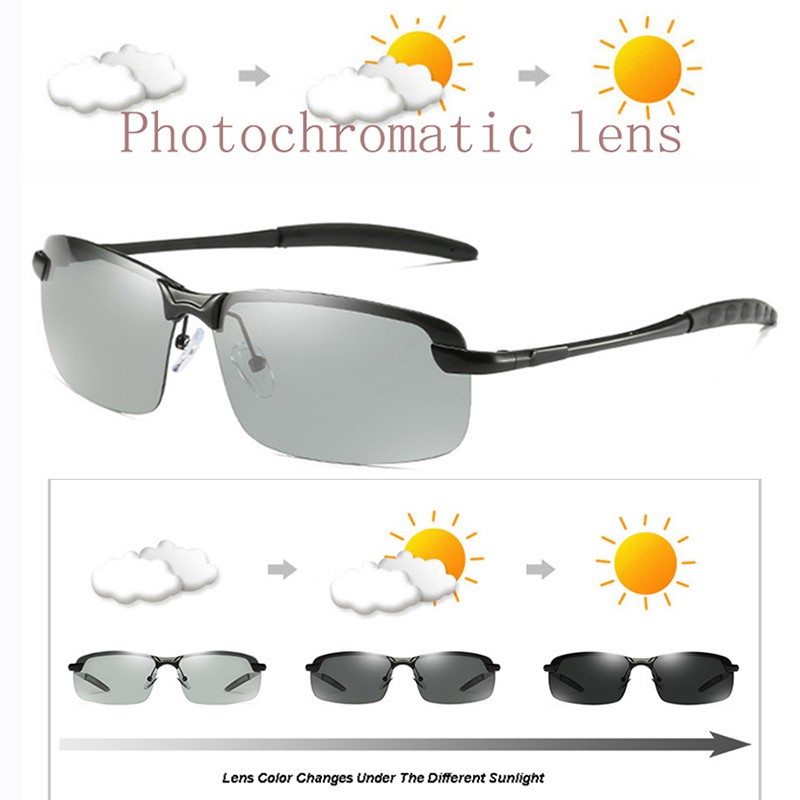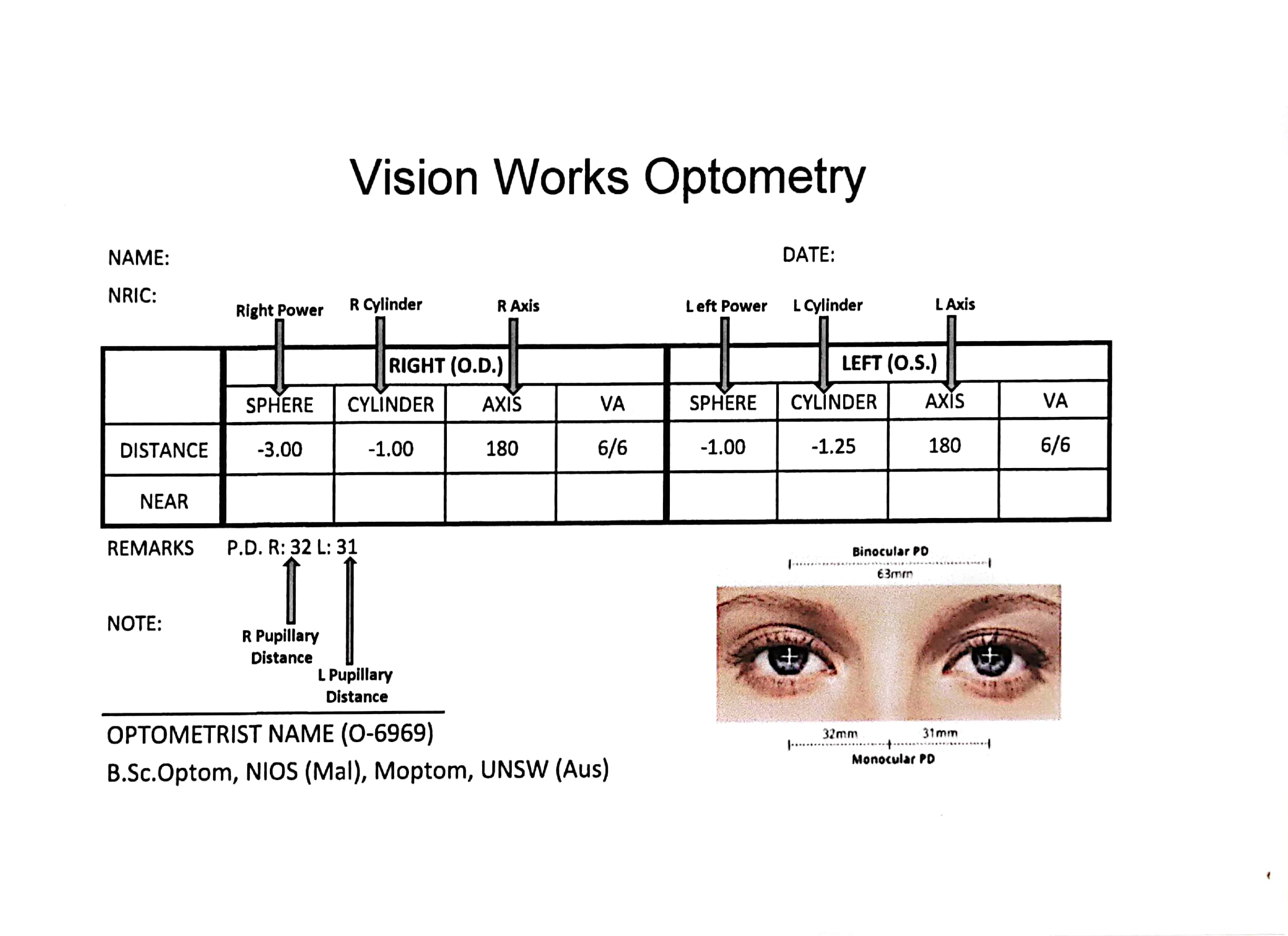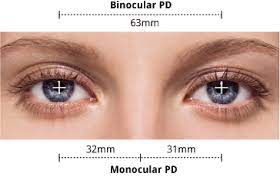
Carl Zeiss
ZEISS history
Join us as we embark on an exciting journey through time
The history of ZEISS mirrors German history and all of its highs and lows. Since it was founded as a business in 1846, it has been transformed into a large, research-oriented enterprise that distributes a host of optical products across the world.
World War I, the global financial crisis and World War II were years of ups and downs. Just like Germany, the company was split in two in the aftermath of World War II. After German reunification, the companies merged once more and suffered a real crisis, and the company as we know it today emerged from these ashes.
People experienced all of it, and created it too. Here you can get a first look at the company’s fascinating history.
ZEISS Vision Care Information
Zeiss lenses are renowned for their exceptional optical quality and precision.
When you receive a prescription for Zeiss lenses, it typically contains detailed information about your vision correction needs, ensuring that your glasses provide you with the best possible visual experience.
Here’s what a Zeiss lens prescription might include:
- Patient Information: This section includes your name, date of birth, and any other relevant personal details.
- Prescription Details: This is the heart of the prescription, containing information about your vision correction needs. It typically includes:
- Sphere (SPH): This indicates the lens power needed to correct nearsightedness or farsightedness. A negative value (-) indicates nearsightedness, while a positive value (+) indicates farsightedness.
- Cylinder (CYL): This measures the degree of astigmatism present in your eyes.
- Axis: This indicates the orientation of the astigmatism correction.
- Add: This is the additional correction needed for close-up vision, typically for reading.
- Pupillary Distance (PD): This is the distance between the centers of your pupils, measured in millimeters. It ensures that the optical centers of the lenses align properly with your eyes.
- Lens Type: This specifies whether the prescription is for single vision lenses, bifocals, progressives, or other specialized lens types.
- Lens Material and Coatings: Zeiss offers a variety of lens materials and coatings to enhance durability, clarity, and protection against glare, scratches, and UV rays. Your prescription may specify the material and coatings recommended for your needs.
- Lens Design: Zeiss lenses are available in various designs optimized for specific visual tasks and preferences. This may include factors like lens thickness, weight, and distortion reduction.
- Additional Notes or Instructions: Your eye care professional may include additional notes or instructions relevant to your prescription, such as recommendations for lens care or usage.
Zeiss lenses are crafted with advanced technology and precision manufacturing processes to ensure optimal vision correction and comfort. By providing accurate prescriptions tailored to individual needs, Zeiss helps users enjoy clear, crisp vision in their everyday lives.

